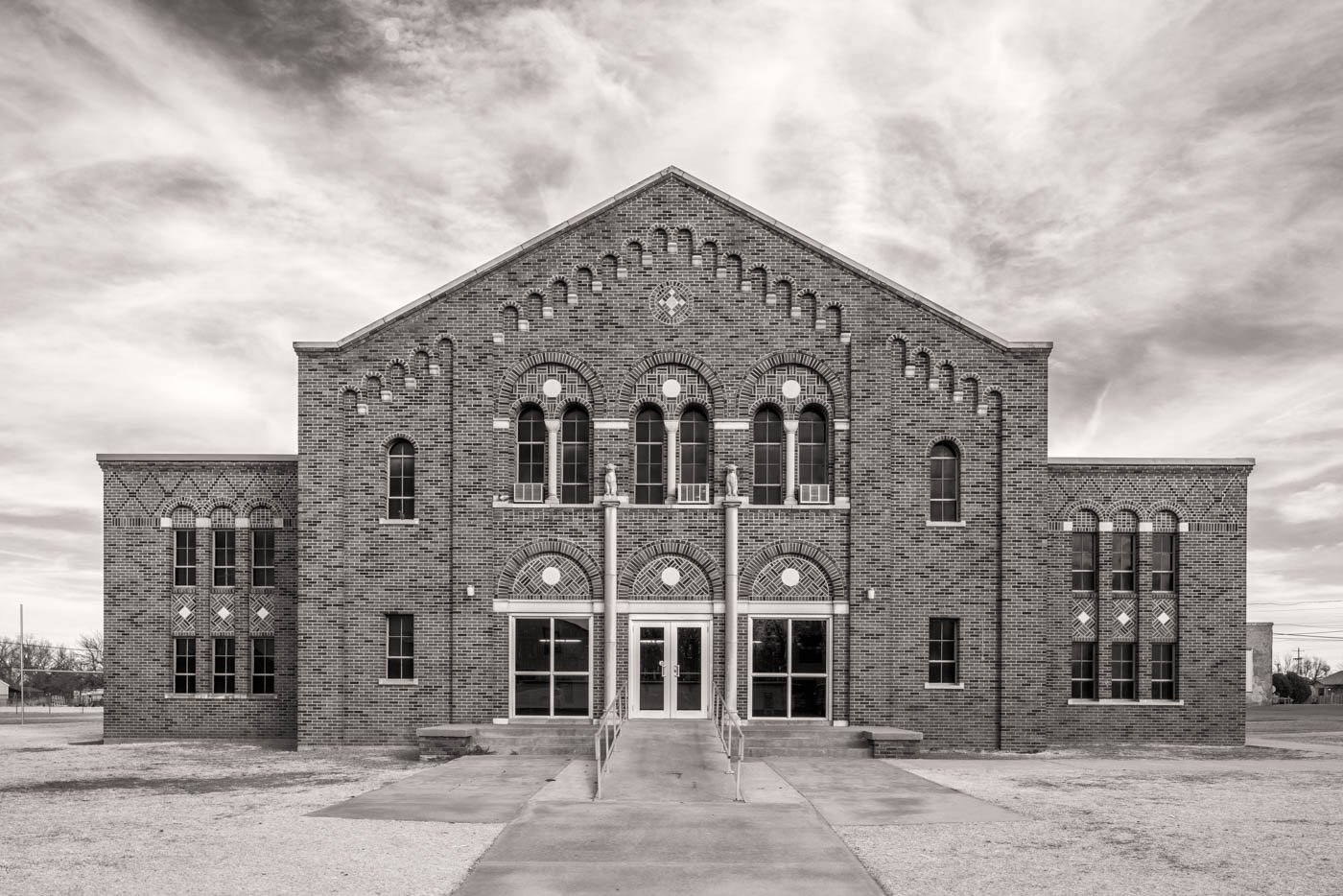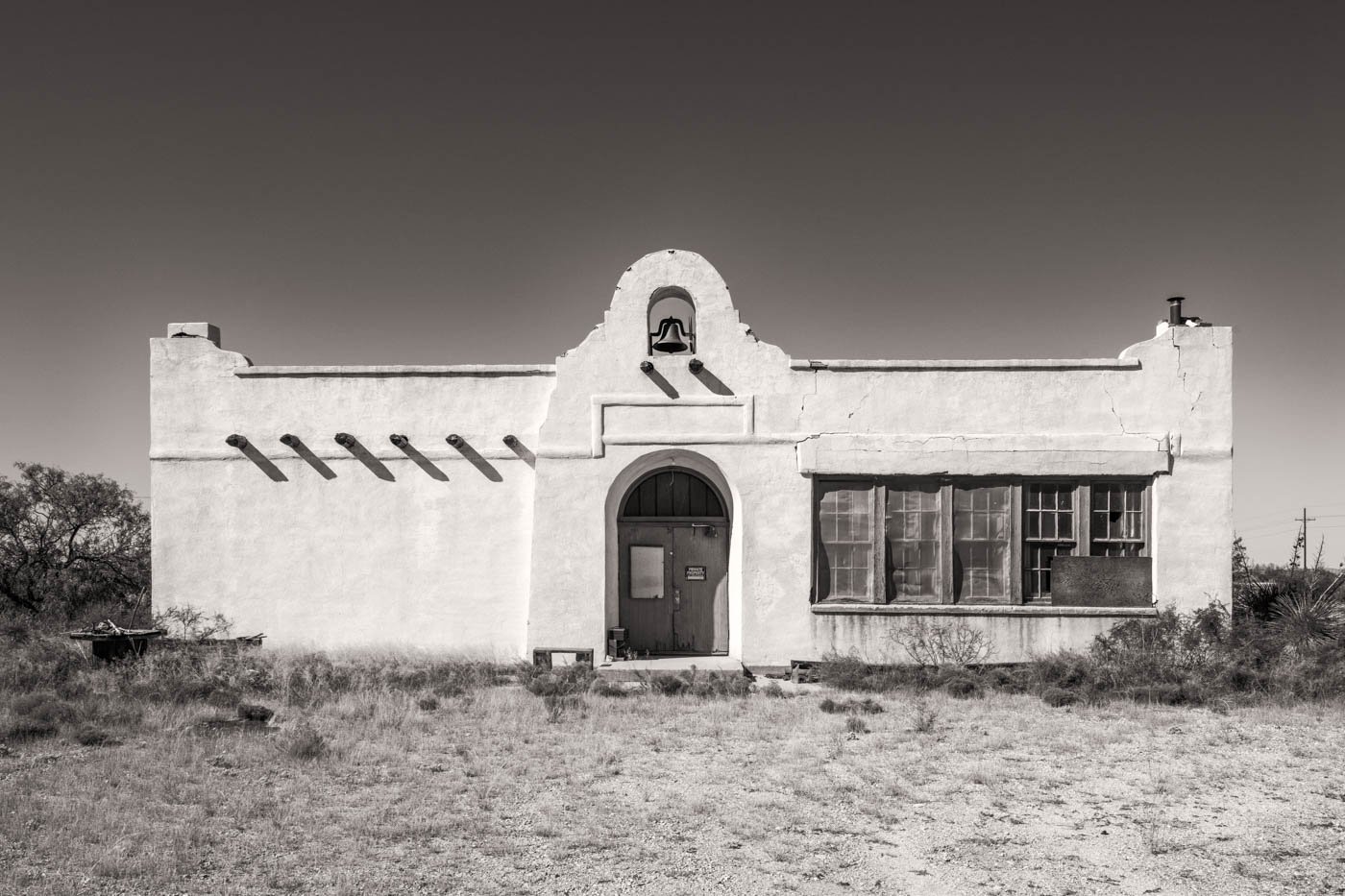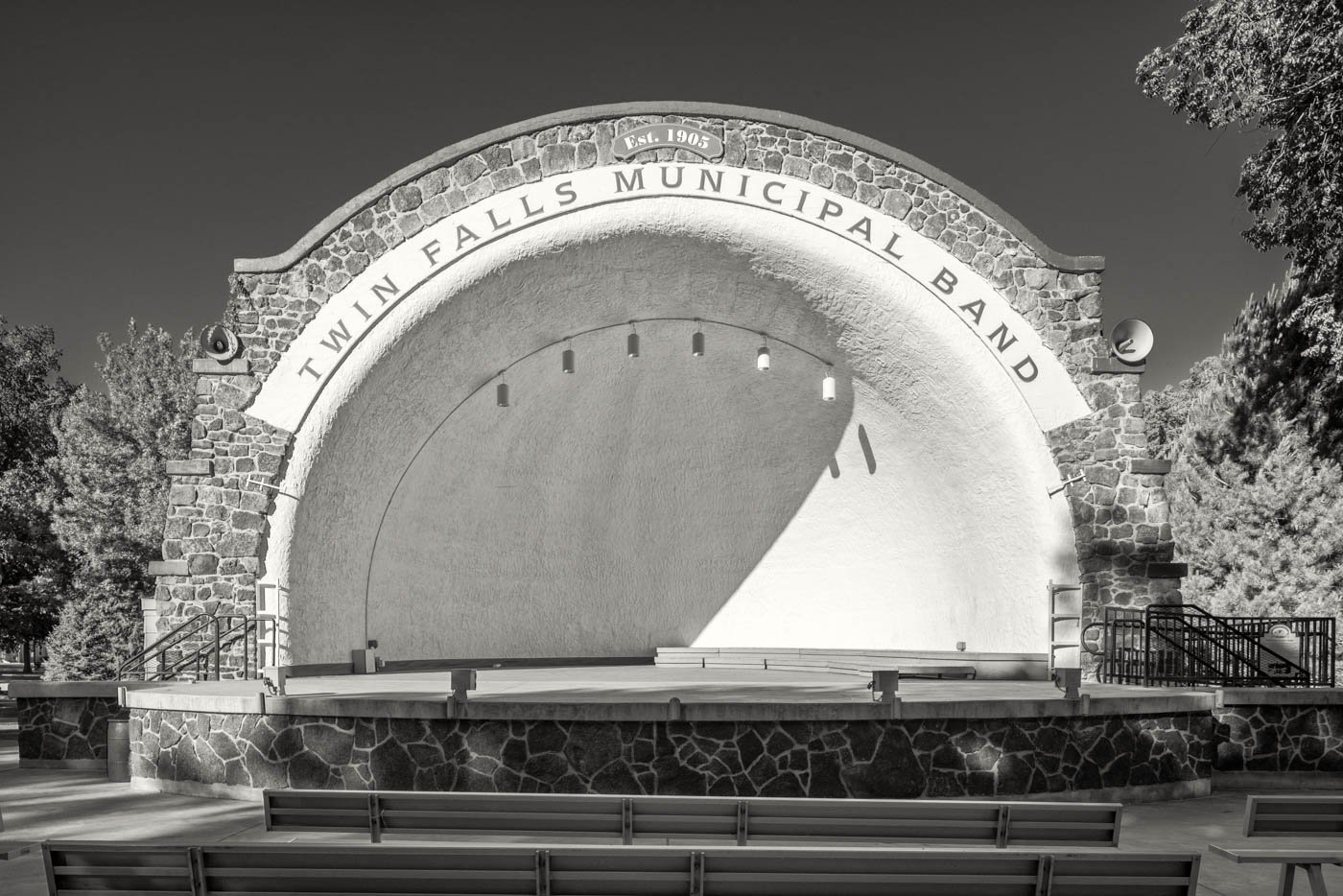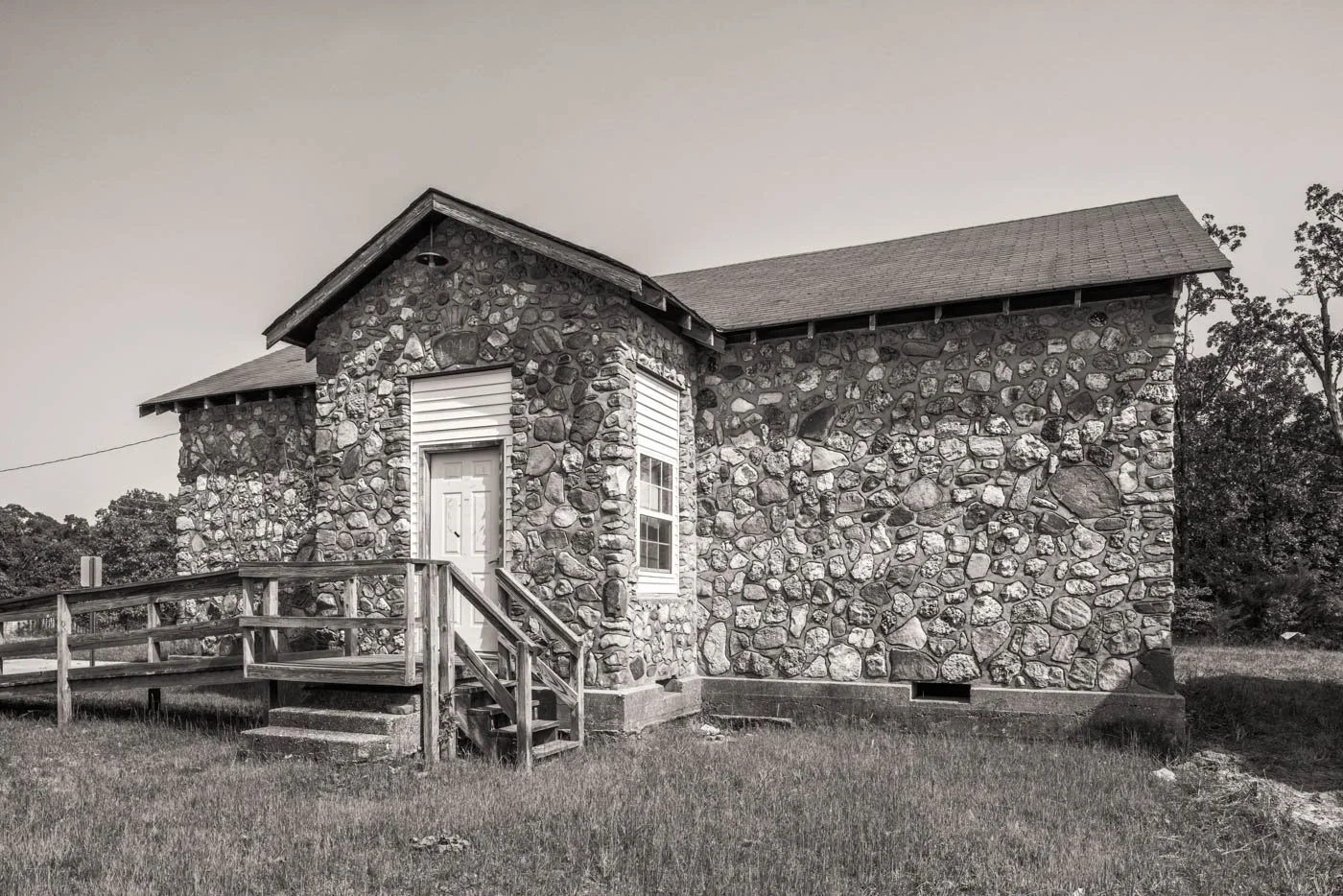BRIAN K. EDWARDS
A Documentary Survey of Works Progress Administration (WPA) Sites
New Mexico, United States • briankedwards.com





-
The economic collapse following the 1929 stock market crash saw one in four Americans without work. Some areas, like Toledo, Ohio, and Lowell, Massachusetts, were hit especially hard, losing over 80 percent of employment. In its midst of this calamity, the administration of Franklin Roosevelt created the New Deal, which comprised numerous programs to help the economy recover from the Great Depression. These included the Social Security Act of 1935, the Tennessee Valley Authority Act, the National Industrial Recovery Act (which guaranteed workers the right to unionize), and the Glass-Steagall Act, which brought reforms to the banking industry. In addition, the Works Progress Administration (WPA) hired more than 8.5 million people to work on 1.4 million projects. Nearly a century later, over 15,000 sites remain throughout the country and many still operate, including schools, government buildings, parks, and other facilities.
My interest stems from my first career as an economist interested in the New Deal and the photography of the many New Deal-era Farm Service Administration (FSA) photographers that documented people and places during the Great Depression. My paternal grandparents and other relatives migrated to California and lived at the Tulare Migrant Labor Camp in Visalia in the late 1930s and early 1940s. FSA photographers Russell Lee and Arthur Rothstein took photographs of them during their stay.
These images are a very small sample from an on-going longer-term documentary survey of extant and abandoned WPA sites that began in 2019. This project started in New Mexico but now includes California, Texas, Oklahoma, Missouri, Ohio, Pennsylvania, West Virginia, Washington DC, New Jersey, and other states. The project will expand with future travel. The intent of this project is to illustrate at least two benefits, namely, near-term job creation that helped people back then, and the longer-term transformation of place evident today.
-
The images are currently printable as monochromatic archival pigment prints and can be reproduced in virtually any size. My current thinking are prints on the order of 12X18 inches or larger (depending on available venue space and other factors). I have also considered creating a multi-media presentation for distribution via the Internet or presentation to live audiences. Of course, in this day and age, virtually anything is possible and will be considered.
